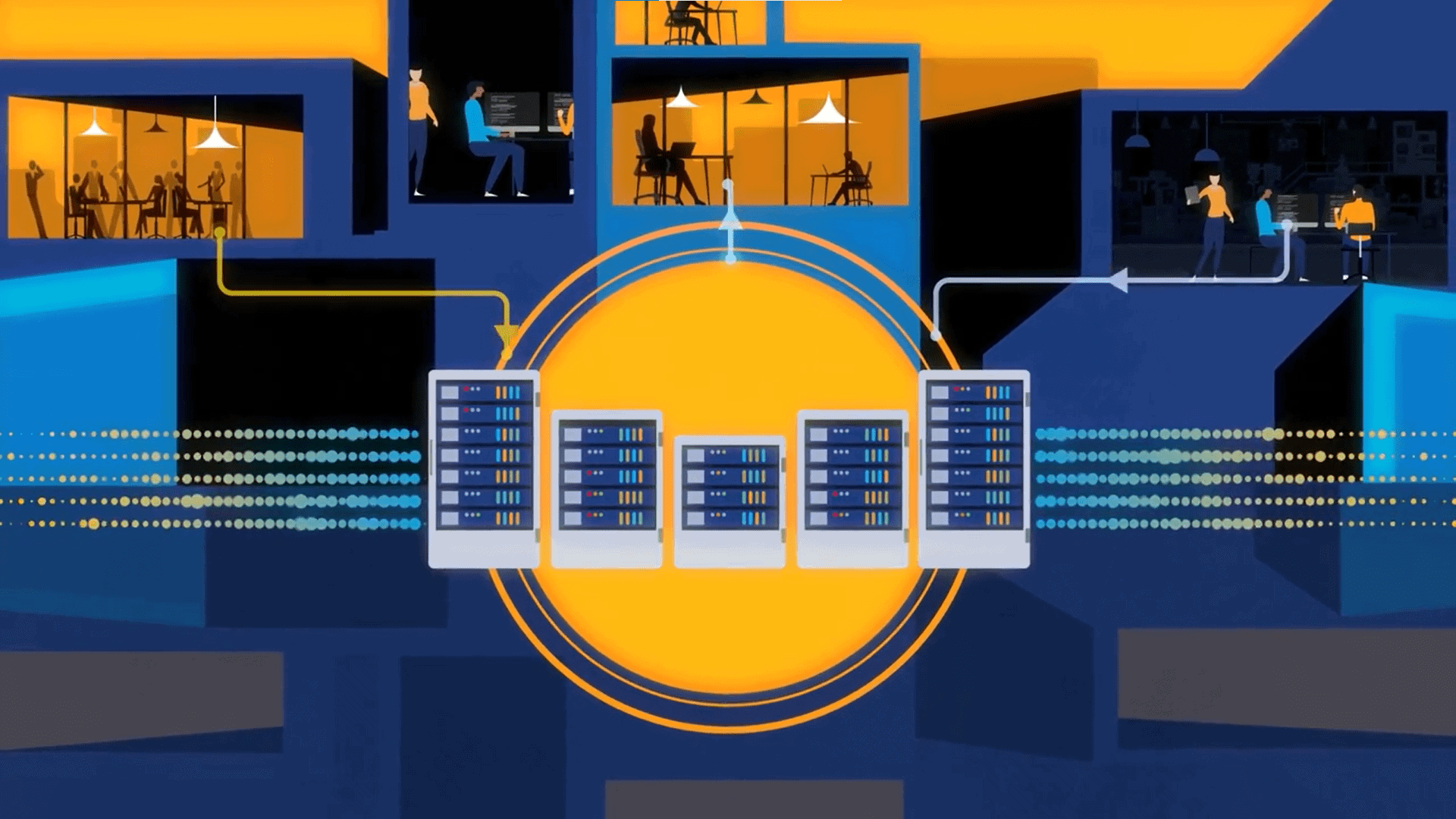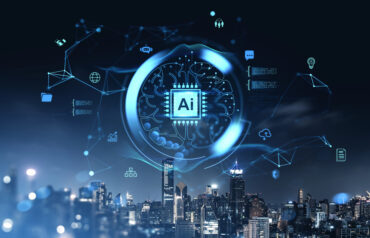
Developers need large context windows for breadth, automatic caching for efficiency, and easy-to-use embedding pipelines for retrieval.
The AI tools dominating today’s headlines are dazzling but misunderstood. We’ve confused model training for genuine intelligence and inference for meaningful action. At their core, today’s leading large language models (LLMs) rely on static datasets that lock away yesterday’s facts into multi-billion parameter tombs. That’s not intelligence. That’s an expensive recall.
And those facts age quickly. That’s why we add context—metadata, documents, user inputs, real-time search—to freshen stale models. It’s an essential part of the modern AI stack. But it’s also one of the least understood, least optimized, and most urgent technical challenges in deploying AI that works in the real world.
Context Is the New Compute Bottleneck
The simplest way to make a static model feel dynamic is to dramatically increase the number of tokens in its context window. We’ve seen rapid increases here. For example, Gemini 1.5 now supports up to 2 million tokens. But massive windows come with a cost: more memory, slower inference, and higher latency. In most real-world apps, especially those with tight SLAs, pumping in 2 million tokens is a non-starter.
That’s where context caching comes in. Caching allows systems to avoid reprocessing repeated input tokens. For example, developers querying the same code base, document library, or video stream can skip redundant computation, drastically reducing costs and response times. But caching only helps if you’re reusing prompts or segments frequently, which isn’t always the case for dynamic user interactions or fast-evolving data.
Retrieval Augmented Generation, or RAG, offers a more adaptive solution. It dynamically fetches relevant information from up-to-date sources—like real-time search APIs or embeddings generated from live databases—and feeds those results into the model at inference time. It transforms static models into flexible agents capable of grounding their outputs in the latest data.
Vertex AI, for example, now supports multi-source RAG pipelines that pull from websites, documents, structured databases, and more — expanding the model’s reach without retraining.
But even RAG is not a silver bullet. Managing context across multiple sources, embedding strategies, and authorization boundaries is a non-trivial engineering problem. Worse, many developers are forced to choose between bloated prompts, manual caching strategies, and DIY RAG frameworks.
Too often, conversations around managing context are framed as a tradeoff: long context windows versus prompt caching versus external retrieval. But this isn’t a zero-sum game. These techniques aren’t competing; they’re composable. The most effective real-time AI systems use all three, selectively and strategically, depending on the nature of the workload and the volatility of the data.
Think of them not as isolated tools but as layers in a contextual memory hierarchy. Large context windows provide breadth, enabling rich, uninterrupted interactions across long documents or complex workflows. Prompt caching brings speed and efficiency, especially in scenarios where inputs are repeated across sessions. And retrieval-augmented generation offers freshness, dynamically injecting up-to-date knowledge from search APIs or databases.
What matters isn’t choosing the “right” one, it’s orchestrating them intelligently. The real challenge is building systems that can interpret the moment and decide, in real time, what context is needed, how to deliver it efficiently, and how to keep the model grounded in what matters now. That orchestration doesn’t happen in the abstract. It happens at inference.
This is the moment where context composition becomes real. A user sends a query. A system responds. A signal is interpreted. A recommendation is generated. All of it happens live, where the complexity of context strategy collides with the realities of performance, latency, and scale.
The current generation of inference infrastructure wasn’t designed for this. It was built for static prompts, centralized compute, and predictable workloads. But modern inference is none of those things. Without a runtime designed to handle this that can preload context, reuse what’s familiar, retrieve what’s new, and compose it all dynamically, systems will become brittle, bloated, or both. They’ll either overpay in latency and compute, or underdeliver in accuracy and relevance.
This is the new battleground for platform differentiation. Not model size, but who can deliver the most accurate, contextualized answer in the moment it matters. In this new architecture, inference is no longer a passive function call.
See also: AI-First Development: The Strategic Imperative for Modern Enterprises
What AI Developers Need from the Next Generation of Platforms
Managing context at this level isn’t just technically complex; it’s operationally overwhelming. Developers today are being asked to handle prompt formatting, caching logic, embedding workflows, ranking heuristics, and grounding checks all on their own. These are not minor implementation details. They are infrastructure problems that slow teams down and introduce serious risk.
And too often, developers are forced into false choices. Use a large context window or optimize with caching. Choose between freshness via RAG or speed via reuse. Trade grounding for latency. But it shouldn’t be an either/or.
The platforms of tomorrow will break this tradeoff. Developers need large context windows for breadth, automatic caching for efficiency, and easy-to-use embedding pipelines for retrieval. They need mechanisms to ensure groundedness, tools to enforce context guardrails, and observability into what was used when.
What they really need is a service that does the heavy lifting for them, abstracting the mechanics of context management into a runtime that’s optimized for real-time inference, not batch-mode training. That’s where the infrastructure is heading.
Static models got us this far. But the future belongs to architectures that sense, adapt, and respond in real time. The next breakthroughs won’t come from who trains the biggest model. They’ll come from those who infer the smartest—with the right context, at the right moment.
It’s time to move past frozen knowledge and start engineering for the world as it is—not as it was at training time.































